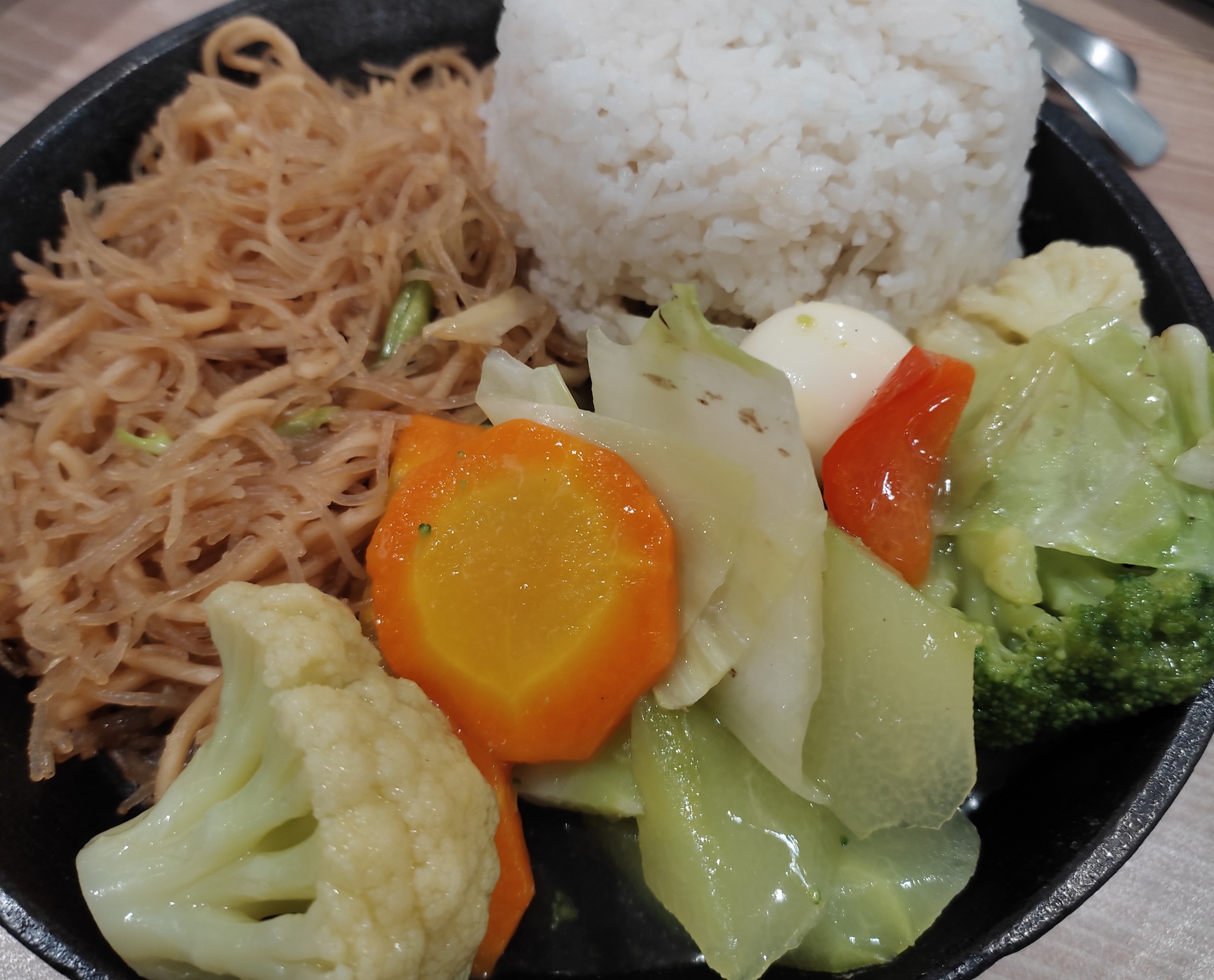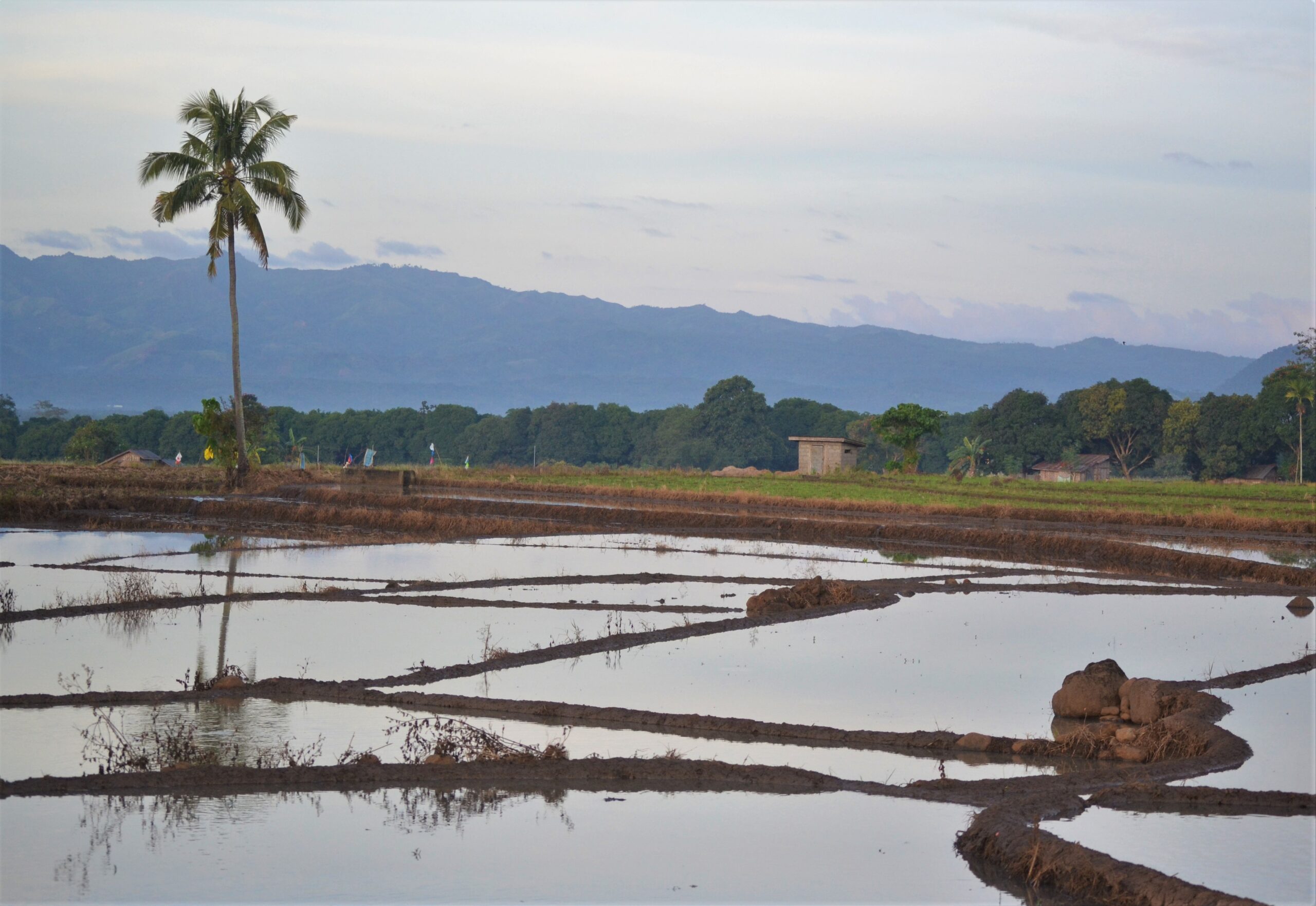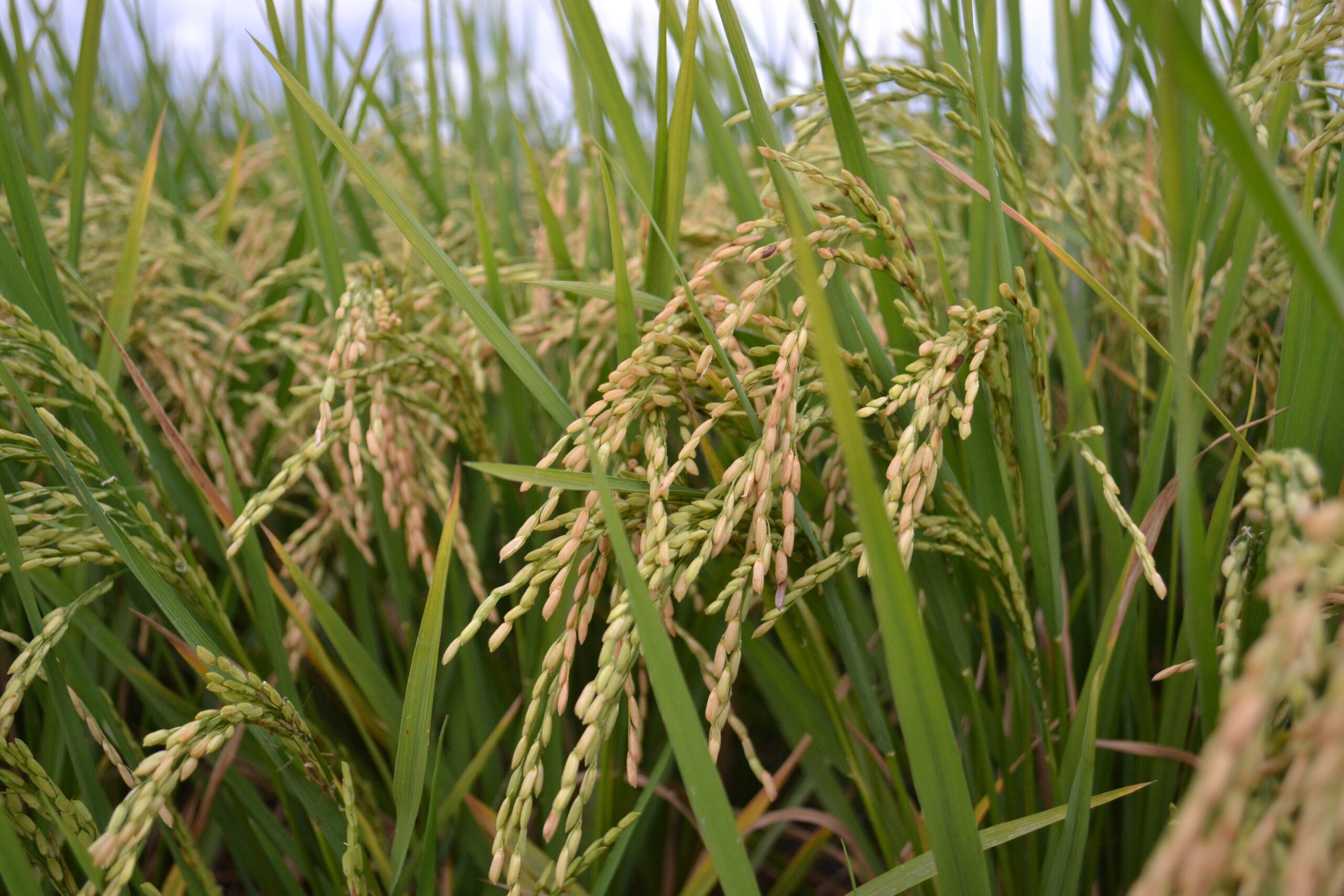Text and Photos by Henrylito D. Tacio
“One more rice, please!”
That call, which rings at dinner time in all restaurants and small eateries, best sums up the eating habits of the typical Filipino to whom eating is a matter of filling up. Viand, after all, is expensive while rice is not.
Since most people can’t fill up with ulam, they fill up their consumption with rice. Studies have shown that one-half cup of rice can furnish 82 calories of energy, enough to give someone the energy to walk 26 minutes.
Although rice is basically a complex carbohydrate, its protein contains all eight of essential amino acids and complements the amino acids found in many other foods. Low in sodium and fat, with no cholesterol or gluten, it is a boon to weight conscious and those allergic to other grains. It is also low in fiber and easily digested.
“Rice is the principal food for over 60 percent of mankind,” points out the Laguna-based International Rice Research Institute (IRRI). It is particularly important to Asia where over half of the world’s population lives.
In the Philippines, rice is the staple food, along with fish. In fact, rice seems to represent life itself. “Rice is everywhere, in our language as metaphor,” said noted novelist F. Sionil Jose. Thus, if you want to tell someone that he still has a lot of growing up to do intellectually, you would say, “Marami ka pang bigas na kakainin.”
“During the colonization period, rice became a symbol of the power of the landlord over the tenant,” wrote national scientist Gelia T. Castillo, a rural sociologist. “In times of scarcity, only tutong and lugaw are eaten; hence, the lack of rice has become the symbol of poverty. In the theater, rice portrays our politics and our economics.”
Despite the popularity of burgers these days among the non-poor and the proliferation of fast-food outlets, most Filipinos still consider a meal incomplete without rice.
In a survey done for the World Bank, it was found that eighty percent of all respondents consumed rice three or more times a day. Sixteen percent said they ate rice twice a day, while only one percent said once. Most of those who ate rice thrice a day belonged to the middle class (81 percent) and the rich (79 percent).
“If we did not have rice, our deepest comfort food, we would probably feel less Filipino,” said the late food epicure Doreen Fernandez.
The Philippines is one of the world’s biggest rice producers. In 2019, it produced about 18.8 million metric tons of palay (unhusked rice). That is almost close to the average amount the country produces, says the UN Food and Agriculture Organization (FAO).
The figure might be huge, but it was not enough. In fact, the Philippines is also one of the world’s biggest rice importers. In 2019, it purchased 2.9 million tons of grain. It is still doing now to fill the gap.
Some government officials said that it is much cheaper to import rice. As a result, the country experienced a proliferation of inexpensive, low-quality imported rice.
Alarming is the fact that those imported rice are “of very low quality” and “go stale easily,” observed the consumer group, Samahan at Ugnayan ng mga Konsyumer para sa Ikauunlad ng Bayan (SUKI).
What most Filipinos don’t know is that locally-produced rice is safer to eat and healthier compared to those imported ones.
“Consumers can be assured that locally-produced rice is safe because it is not being shipped and stored for a long time,” explained Dr. Marissa V. Romero, a food scientist at the Philippine Rice Research Institute (PhilRice). “There is no need to fumigate them with chemicals.”
In addition, no one knows how those imported rice were grown. In a webinar aired on PhilRice’s social media page, Dr. Romero shared a study comparing pesticide use in rice farms in the country and other Asian countries (China, Indonesia, Thailand, and Vietnam).



“The study shows that Filipino farmers use less pesticides,” she pointed out, adding that Filipino rice farmers are being taught to use integrated pest management to protect their crops from pests.
In a study conducted by PhilRice, researchers collected imported rice samples from Southeast Asia, which were compared with locally-produced rice in terms of heavy metals.
“All 20 samples had below the allowed maximum level (ML) for arsenic, mercury and cadmium but samples from Myanmar, Vietnam, and Thailand exceeded the limit for lead,” Dr. Romero said.
Heavy metal contamination is oftentimes caused by mining, fertilizers, pesticides, and sewage sludge. Consuming these heavy metals can lead to serious health conditions like hypertension, skin disease, and neurological defects.
The Bureau of Agriculture and Fisheries Standard has established the Philippine National Standard (PNS) for milled rice, which includes the maximum residue limits for pesticides and ML for heavy metals in rice. In fact, the country even has a separate PNS when it comes to specific pesticide residue for rice.
More importantly, the Philippines has diverse rice varieties catering to the different preferences of rice stakeholders.
“We always have quality rice to offer depending on the quality that consumers look for: from milling, physical, physichochemical, cooking, eating, and nutritional qualities,” Dr. Romero said.
Meanwhile, Filipinos could lessen the rice shortage by minimizing wastage. The Laguna-based International Rice Research Institute (IRRI) said every Filipino waste an average of three tablespoons (9 grams) of rice daily. That is equivalent to 3.3 kilograms per year.
IRRI said in its publication, “That rice you throw away,” that wasted grams per head vary in different regions of the Philippines. For Luzon, the daily rice and product wastage are 16 grams per capita or higher than 12 grams for both the Visayas and Mindanao.
“Also, middle-class families tend to waste more than low-income families. Apparently, the more people have, the more they waste,” the IRRI report said.
Filipinos have been eating rice since time immemorial. The world-famous Ifugao Rice Terraces is a living testimony to that. In his chronicle, “First Voyage Around the World,” Pigafetta wrote that the salty meal of early Filipinos awas balanced by rice, a bland background for the main dish.
Rice (scientifically known: Oryza sativa) is the common name for about 19 species of annual herbs of the grass family. It is cultivated in most countries of East Asia, Egypt and the countries of southernmost Europe, the southern United States, and Brazil are other important rice-producing regions.

